Best Seasons for Flat Roof Construction
Flat roof constructions are most effectively carried out during periods of stable weather conditions. Optimal timing typically aligns with dry seasons when rainfall and extreme temperature fluctuations are minimal. This ensures proper installation, adhesion, and curing of roofing materials, reducing the risk of leaks and other issues.
Spring and early summer are preferred for flat roof projects due to moderate temperatures and lower precipitation levels.
Avoid construction during winter or heavy rain periods to prevent material damage and installation delays.
Temperatures between 50°F and 85°F (10°C to 29°C) promote optimal adhesion and material performance.
Scheduling during favorable weather minimizes disruptions and ensures quality workmanship.
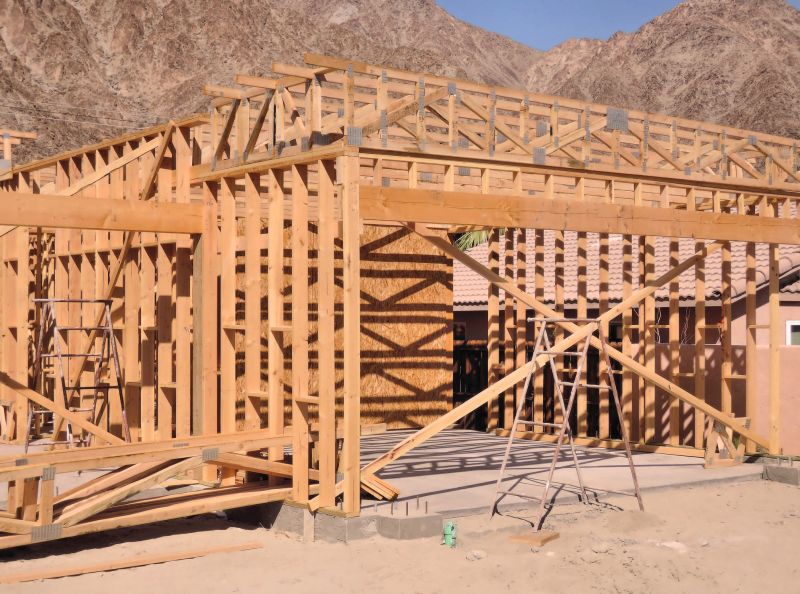
Ways to make Flat Roof Constructions work in tight or awkward layouts.
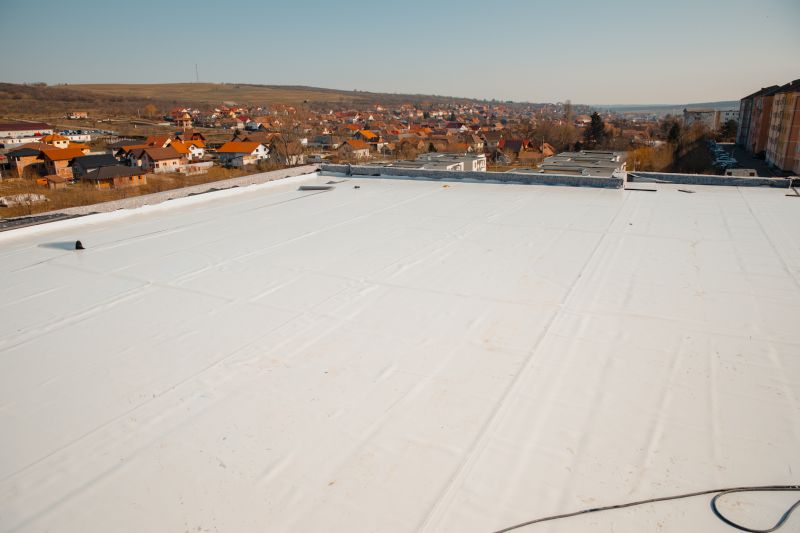
Popular materials for Flat Roof Constructions and why they hold up over time.
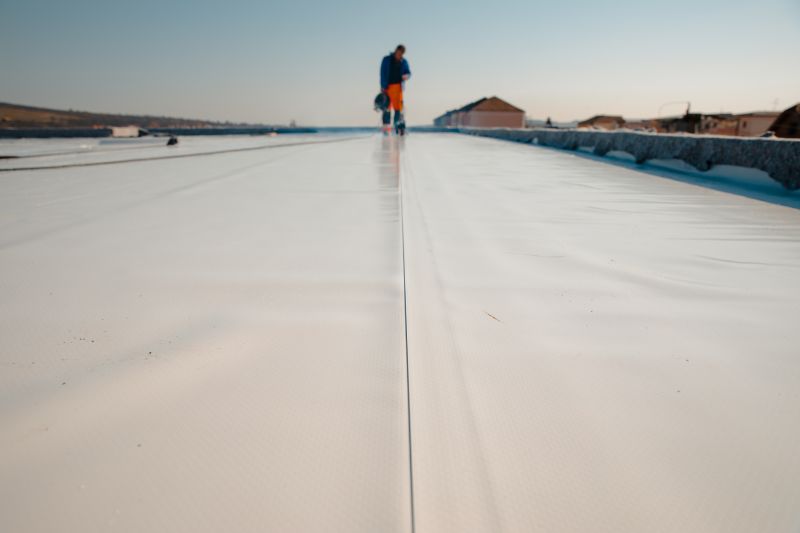
Simple add-ons that improve Flat Roof Constructions without blowing the budget.

High-end options that actually feel worth it for Flat Roof Constructions.
Flat roof constructions involve installing a roofing system with a horizontal or near-horizontal surface. This design is popular for commercial buildings, parking structures, and modern residential designs. Flat roofs require careful planning and precise installation to ensure durability, waterproofing, and proper drainage. The choice of materials, such as bitumen, EPDM, TPO, or PVC membranes, influences the construction timeline and methods.
| Season | Advantages |
|---|---|
| Spring | Moderate temperatures and lower rainfall facilitate effective installation. |
| Early Summer | Longer daylight hours and stable weather conditions support project completion. |
| Late Summer | Warm weather helps materials cure properly, but avoid peak heat periods. |
| Fall | Cooler temperatures can be suitable if weather remains dry. |
| Winter | Generally not recommended due to cold and precipitation risks. |

Finishes and colors that play nicely with Flat Roof Constructions.
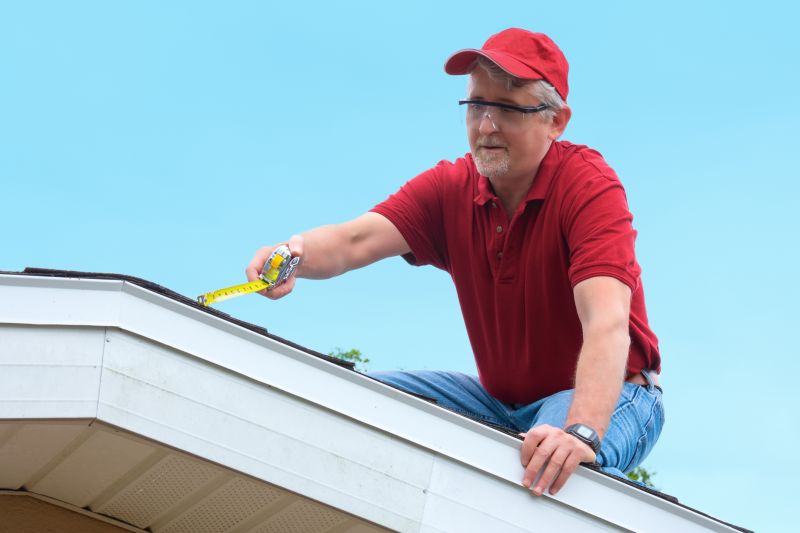
Little measurements that prevent headaches on Flat Roof Constructions day.
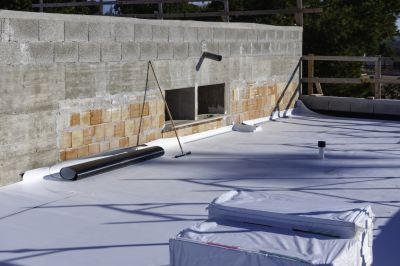
A 60-second routine that keeps Flat Roof Constructions looking new.

A frequent mistake in Flat Roof Constructions and how to dodge it.

Small tweaks to make Flat Roof Constructions safer and easier to use.
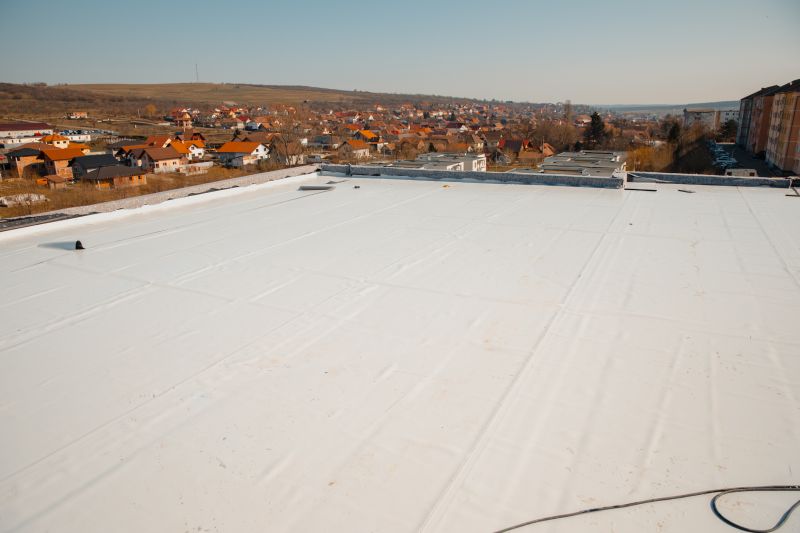
Lower-waste or water-saving choices for Flat Roof Constructions.
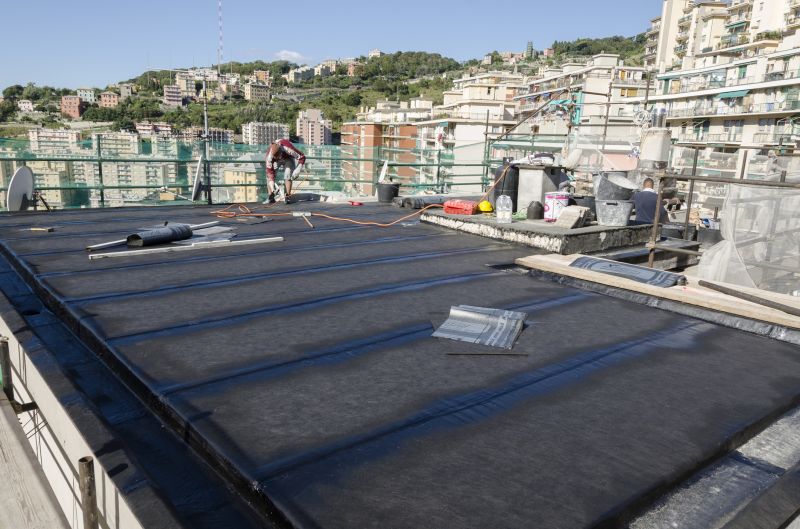
The short, realistic tool list for quality Flat Roof Constructions.

Rough timing from prep to clean-up for Flat Roof Constructions.
Choosing the appropriate time for flat roof construction enhances the longevity and performance of the roofing system. Proper weather conditions ensure optimal material application and reduce the likelihood of future repairs. Planning ahead and monitoring weather forecasts are crucial steps in scheduling a successful project.
Interested in flat roof constructions? Filling out the contact form can provide tailored scheduling options and additional information to support a successful project timeline.
